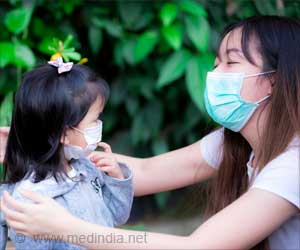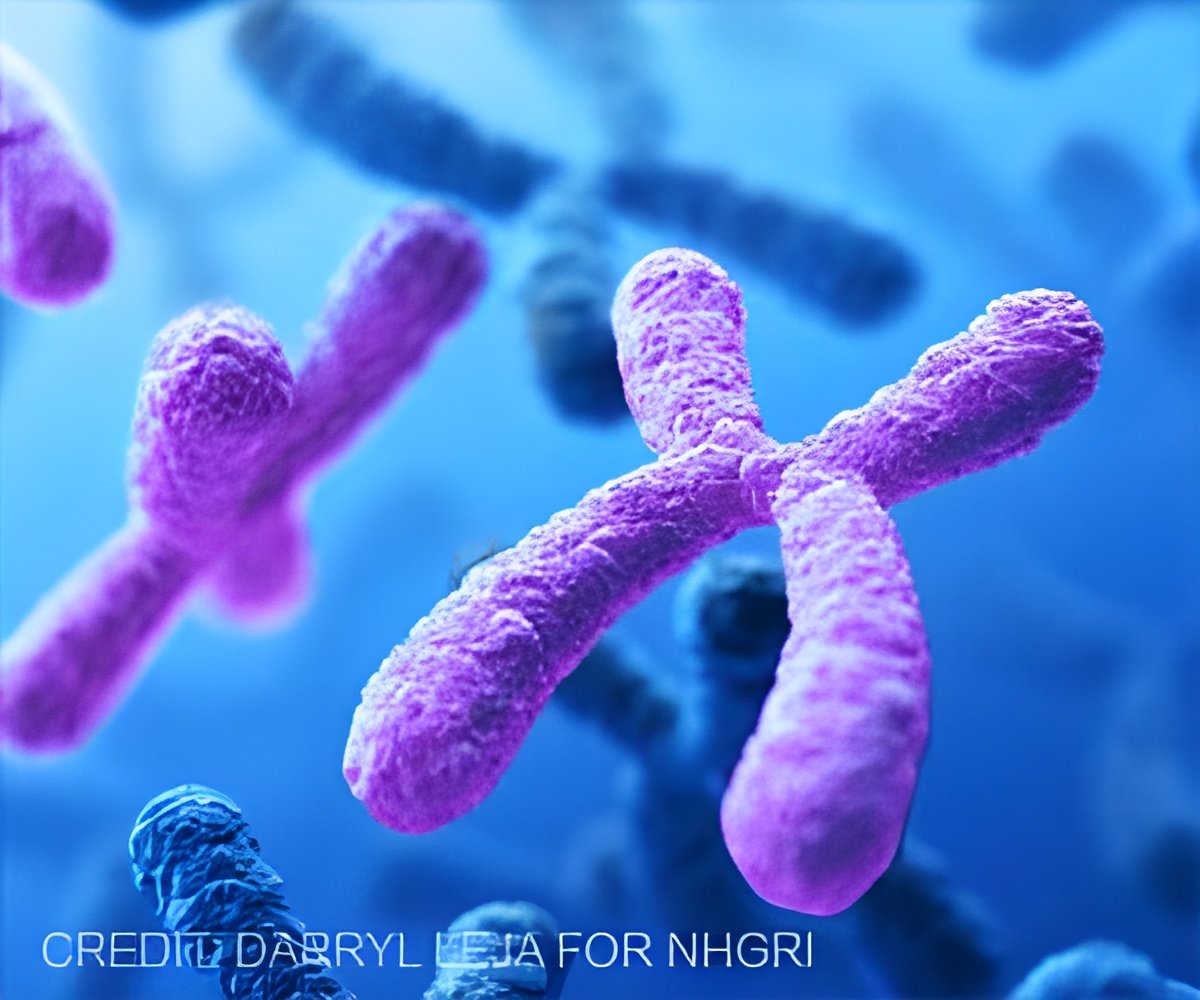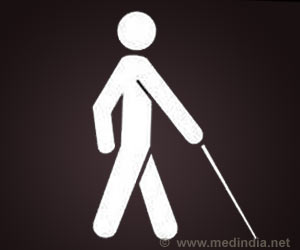Children have about a 20 per cent impairment rate for recognizing masked faces compared to about a 15 per cent rate for adults.
“Faces are among the most important visual stimuli. We use facial information to determine different attributes about a person, including their gender, age, mood and intentions. We use this information to navigate through social interactions,” said Erez Freud, Assistant Professor, at York University.
The study by researchers at Universities of York and Ben-Gurion in Israel, looked at 72 children, ages six to 14, to see if their experience was similar to that of adults.
Faces were presented with or without masks, both upright and inverted.
The study also revealed children process faces differently when the face they are looking at is masked, compared to one that’s not. Their ability to holistically process faces, which is necessary for face perception, was disrupted and became more analytical.
Typically, humans process the face as a whole rather than by its individual features.
In the study, published in the journal Cognitive Research: Principles & Implications, the team used the kids’ version of the Cambridge Face Memory Test — the most validated measure of face perception abilities in humans — to test the ability of school-aged children to recognize faces with and without masks, both upright and inverted.
“If holistic processing is impaired and recognition is impaired, there is a possibility it could impair children’s ability to navigate through social interactions with their peers and teachers, and this could lead to issues forming important relationships, Freud said.
“Given the importance of faces to social interactions, this is something we need to pay attention to.”
With children back to school with mask mandates once again, future research should explore the social and psychological ramifications of wearing masks on children’s educational performance, Freud noted.
Source: IANS



